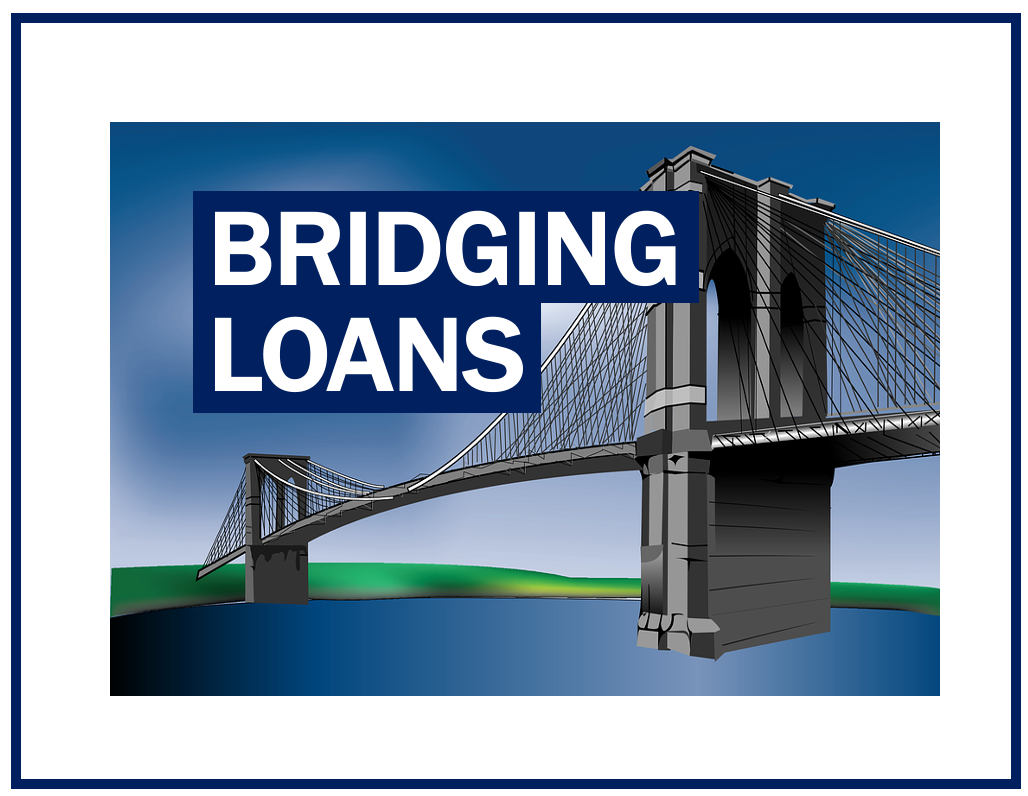
Bridging loans offer a temporary financial lifeline, often used to “bridge” the gap between selling one property and buying another. But what if your pockets are as empty as a vacant house? Can you snag a bridging loan with no money down?
The short answer is highly unlikely. Bridging loans, unlike mortgages, aren’t solely based on your income or credit score. Lenders need substantial security to mitigate the risk of you defaulting, and that usually comes in the form of a cash deposit.
Here’s the deal:
- Most bridging loans max out at 70–75% of the property’s value. That means you’ll need 25–30% as a deposit. This hefty chunk acts as collateral, protecting the lender if you can’t repay the loan.
- Some niche “100% bridging loans” exist, but they come with caveats. You’ll likely face sky-high interest rates, hefty fees, and stringent eligibility requirements. Plus, these loans usually involve complex assets used as collateral, like development land or commercial properties, not your average family home.
So, what if you truly have no cash? Here are some alternative options:
- Explore a traditional mortgage: Banks may offer high loan-to-value mortgages (up to 95%) for certain property types, especially for first-time buyers. However, securing such a loan often requires excellent credit and a stable income.
- Consider a personal loan: These may cover smaller amounts for shorter terms, but interest rates tend to be higher than bridging loans.
- Seek family or friends’ help: Borrowing from loved ones may come with lower interest or more flexibility, but tread carefully to avoid straining relationships.
- Reassess your timeline: Can you delay selling your current property until you’ve saved a deposit? This might be less stressful than scrambling for a no-money-down loan.
Understanding the Lenders’ Perspective
Risk mitigation
Lenders view bridging loans as inherently risky due to the short payback periods and lack of long-term security like a mortgage. Requiring a deposit minimises their financial exposure if you default.
Collateral options
Besides cash deposits, acceptable collateral for bridging loans can include existing property owned by you, investment assets like stocks or bonds, or even high-value personal possessions (rarely). However, the loan-to-value ratio will vary depending on the type of collateral.
Here are some additional tips:
Seek professional advice
A financial advisor or experienced mortgage broker can guide you through the complex world of bridging loans and suggest suitable alternatives based on your specific circumstances.
Shop around and compare
Don’t settle for the first offer. Compare interest rates, fees, and loan terms from different lenders to find the most competitive option.
Be transparent with lenders
Disclose your financial situation honestly and provide the necessary documentation to build trust and increase your chances of approval.
In Conclusion
Remember, borrowing a large sum with no financial cushion is risky. Weigh the pros and cons carefully before jumping into any loan agreement, especially one with exorbitant interest rates and hidden fees.
The bottom line? While securing a bridging loan with absolutely no money is near impossible, explore alternative options and plan your finances strategically to bridge the gap between your property dreams and reality.
Interesting Related Article: “The Pros And Cons Of Bridging Loans“
